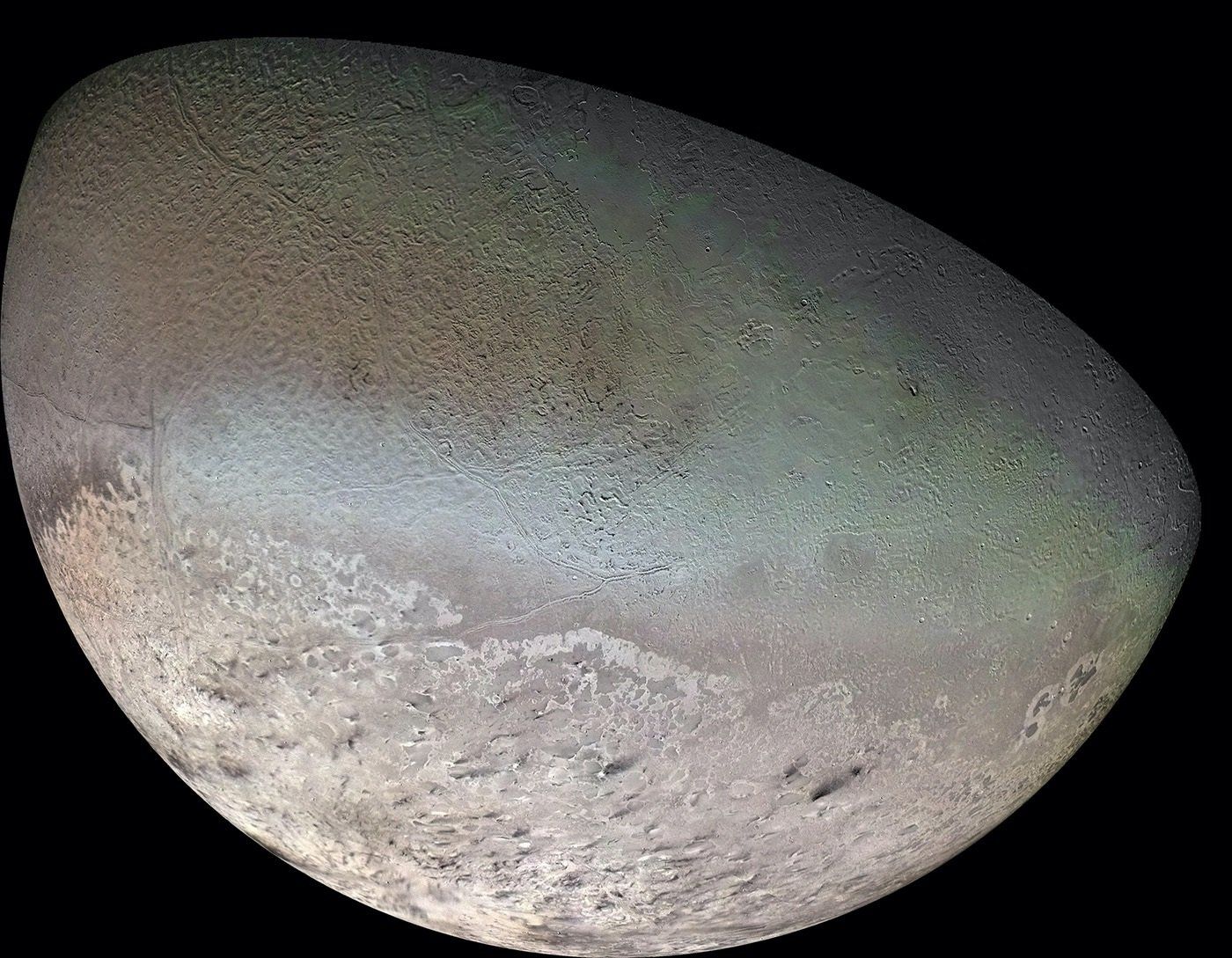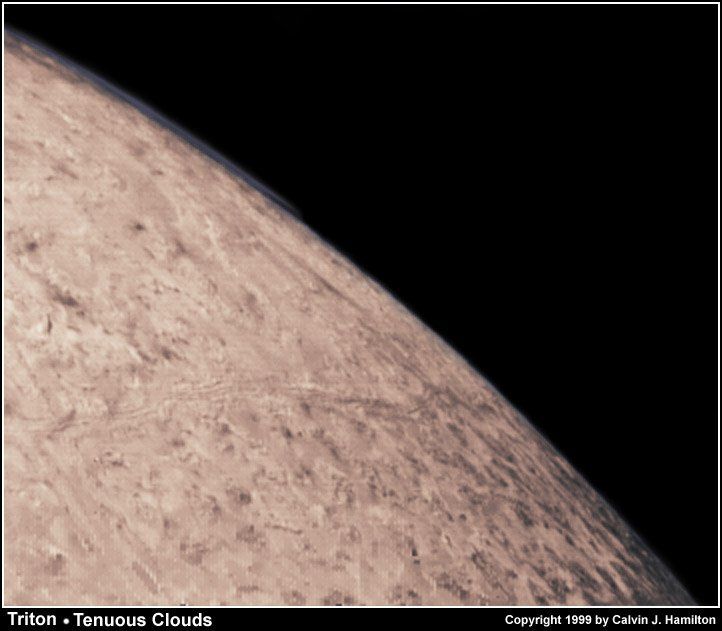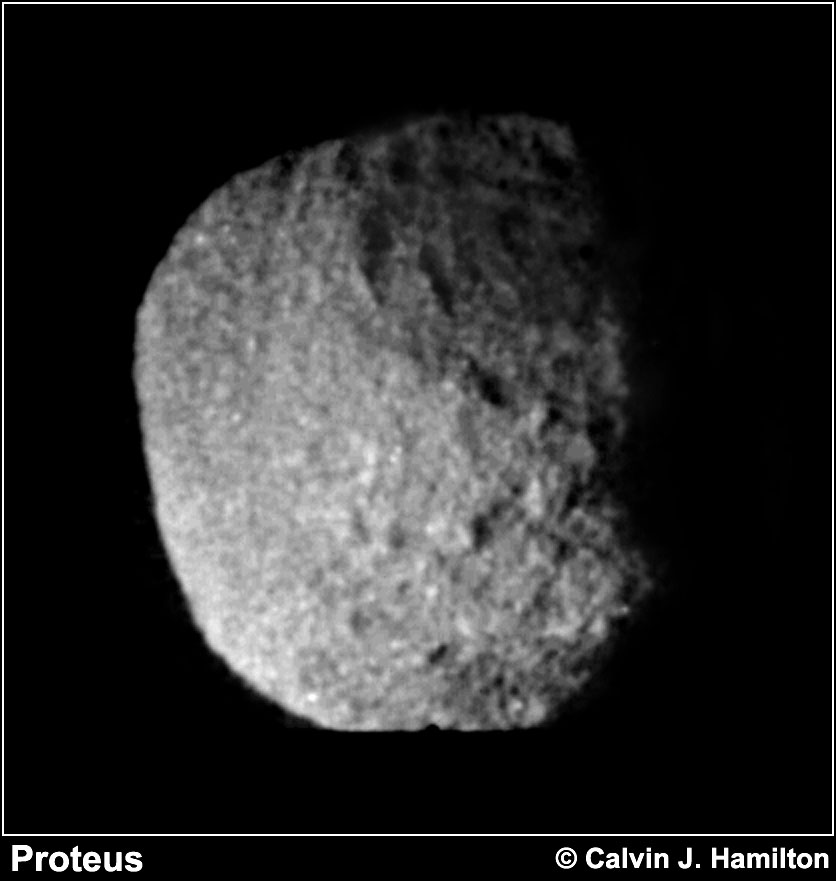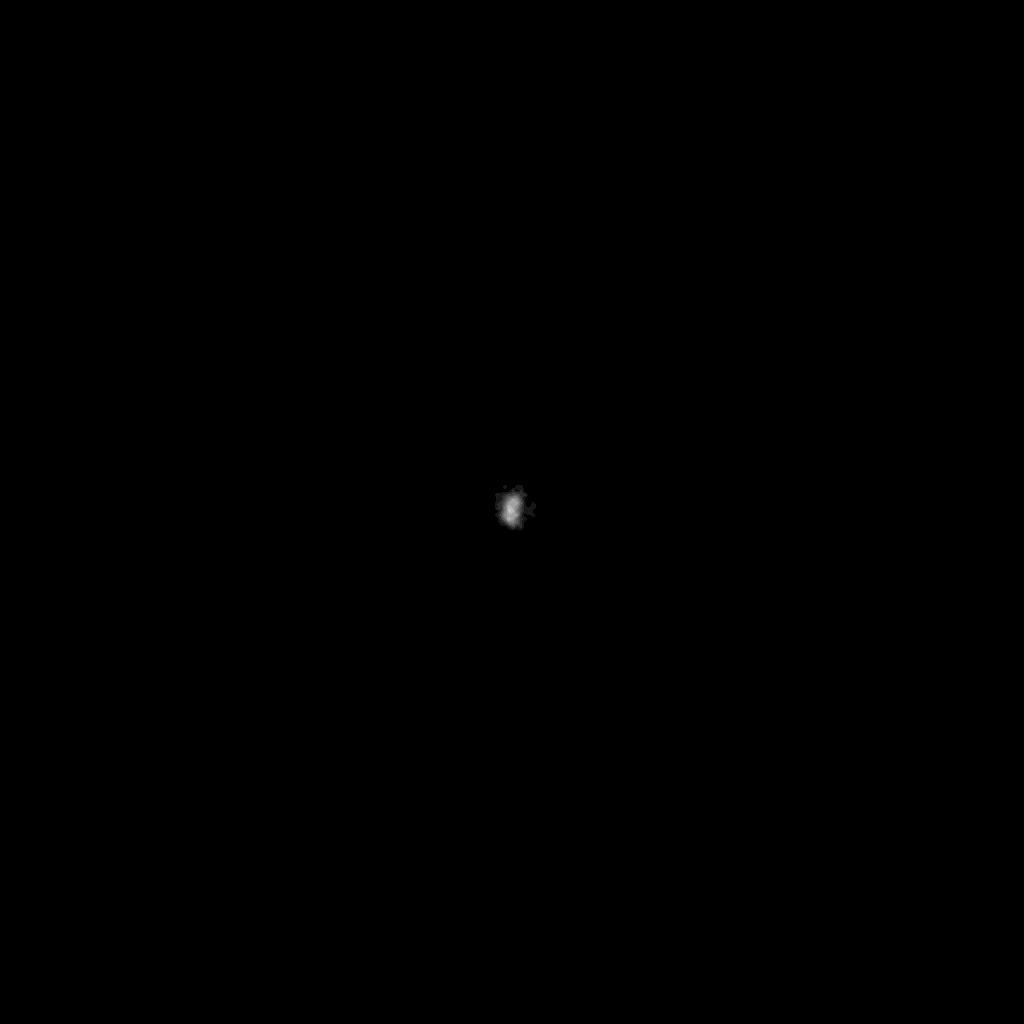This web page is created within BALTICS project funded from the European Union’s Horizon2020 Research and Innovation Programme under grant agreement No.692257.
Neptune’s moons
Neptune currently has 14 moons, whose names depict various small sea and water deities in ancient Greek and Roman mythology.
The largest of the moons is Triton, which was noticed on October 10, 1846, just 17 days after the discovery of Neptune, by astronomer William Lassell.
Because it orbits in the opposite direction of Neptune’s rotation, and because its orbit is placed inclined relative to the planet’s equator, it is believed that Triton could be an object of Kuiper’s belt captured by Neptune’s gravity. It is likely that this event proved catastrophic for many of Neptune’s natural moons, whose orbits were disrupted and collided with each other. This debris could form the rings observed around Neptune.
Triton has a diameter of 2,700 kilometers and is the only spherical moon of Neptune. It is characterized by a thin and tenuous nitrogen atmosphere in which ice clouds of nitrogen are formed. Although the surface temperature on Triton reaches -235 degrees Celsius, Voyager 2 observed active ice geysers on the moon’s surface, indicating that heat is still retained inside the moon. It is possible that in its depths lies an ocean of liquid water.
Neptune’s largest moon orbits the planet at a distance of about 350,000 km.
Between it and the planet are seven smaller moons orbiting the planet’s equatorial plane. These are regular moons. The largest of these is Proteus, which is about 400 km in diameter. It is one of the darkest objects in the solar system, reflecting only 6% of the received sunlight. The prototype and four other internal moons were spotted by scientists in Voyager 2 photos.
The closest to Neptune is the
Naiad, about 100 km long, which orbits 23,500 km from the upper layers of Neptune’s atmosphere. It is an irregularly shaped moon that is slowly approaching the planet and at some point Neptune’s gravity will tear it to pieces.
The inner moons are connected to the rings of Neptune and ensure that their boundaries are maintained by holding their ring particles in specific areas by their gravity.
Beyond Triton’s orbit are the orbits of six irregular moons that are oblique to the planet’s equatorial plane.
These moons were discovered using large telescopes on Earth.
One of these moons is
Nereid, who was probably Neptune’s regular moon, but the capture of Triton has caused a change in Nereid’s orbit.
Nereid is Neptune’s third largest moon.
Farthest from Neptune are Psamathe and Neso, which may have formed by splitting into the larger moon of Neptune. Psamathe and Neso orbit about 125 times farther from Neptune than the Moon from Earth and make one orbit in 25 and 27 Earth years, respectively.






















